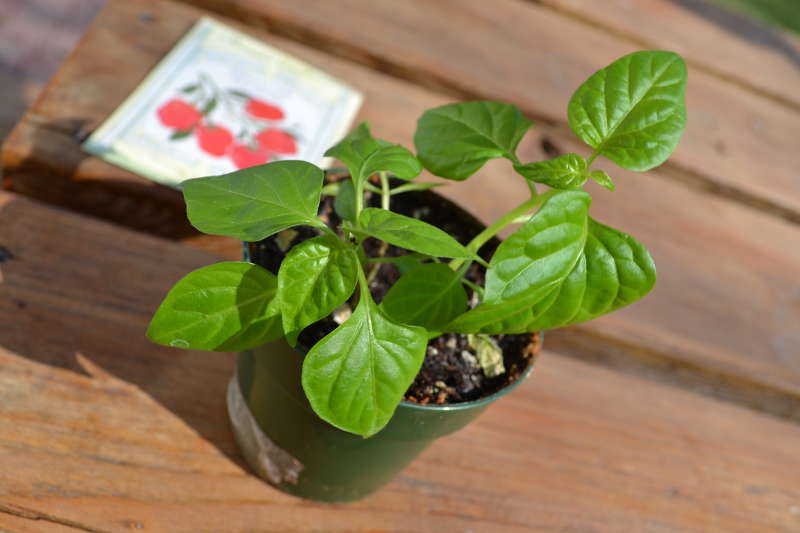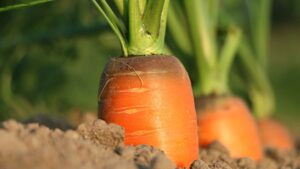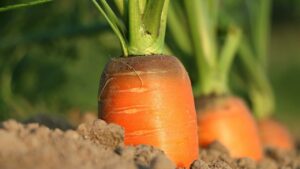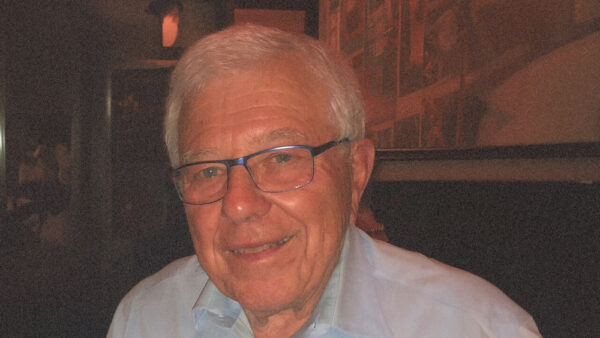Seed World’s Lesley Nakonechny, an avid gardener, talks about what seed means to her — not only at work, but at home.
Every year I’m a beneficiary of some Renee’s Garden seed samples — being an avid gardener, I love that kind of stuff. I’m drawn to combo seed packets, like their Five Color Rainbow Beets, for the appeal of trying a few varieties all in one pack as well as the novelty of growing colorful veggies. I was surprised to learn beets weren’t always the dark red we are familiar with — that trait was selected for and bred into them in the 1700’s.
This year I was sent a packet of one of their new introductions, a nasturtium called ‘Climbing Phoenix’. According to Renee’s garden, the garden nasturtiums we grow today descend mainly from two species native to Peru. Later 20th century contributions to nasturtium breeding include the introduction of varieties with spurless, upward-facing blossoms and flowers that float higher above the leaves, perfect for bedding or containers.
I’m also growing ‘Red Savina’ habanero peppers again this season – I’ve tried many hot pepper varieties, but have found a lot of them are all heat and no flavor.
Red Savina is punchy, rated at 380,00-500,000 Scoville units (SHU), but quite flavorful as well. As a comparison, a jalapeno pepper is 3,500-8,000 SHU. My husband and I found that making jerk seasoning rub for chicken and pork, is a good way to use to use this variety of pepper. The Red Savina pepper is a cultivar of the habanero chili, which has been selectively bred to produce hotter, heavier, and larger fruit. It was protected by the U.S. Plant Variety Protection Act until 2011. It was once the world’s hottest paper, but in 2007 was displaced by the Naga Jolokia pepper.
The Tricolor Mix Zucchini seed is color-coded with a food grade stain to help identify the variety. The beet, carrot, and bean combo packs of seed aren’t coded, so it’s a surprise what you pull out during harvest. The purple carrots are pretty when served raw in a salad, but the purple hue cooks out.
The first time I pickled carrots, I thought I was being clever by adding in a few purple carrots into the jars, only to discover they would turn orange once canned. Turns out, prior to the 17th century, almost all carrots were of the purple variety. The purple has since been bred out as orange carrots became more fashionable.
It’s things like that which make gardening worth it. Seed becomes a story, an anecdote, something I can tell friends and family about while we’re trying to make good conversation around the dinner table.
Seed becomes a unifier, and brings people together. It also brings back special memories — my late grandmother was also a gardener. We’d always chat about what we planted in our gardens each year. It makes me sad that she’s not around anymore to talk about gardening with, but I’ll always have those memories of when we talked about what seeds we were going to put in the ground.
Living in an urban area, I do container and raised-bed gardening along with a small in-ground garden. Last season, Renee’s ‘Bush Slicer’ cucumber variety produced a surprising amount of fruit for being planted in a pot on my patio. I was able to encourage the ‘Endeavor’ variety and ‘Baby Honey Nut’ squash to grow vertically up lattice in one of my raised beds. The extra space enabled me to grow other plants in the same area.
I work as a graphic designer at Seed World magazine. I guess you can say I live and breathe seed. But it’s not just my day job that makes me appreciate the industry and what it offers. It’s when I go home and put that interest and knowledge to use that my love of seed really becomes apparent to me.
Renee Shepherd is widely regarded as a pioneering innovator in introducing international specialty vegetables and herbs for home gardeners and gourmet restaurants. After receiving her Ph.D from the University of California at Santa Cruz and teaching in the environmental studies department there, she founded the mail order company Shepherd’s Garden Seed in 1985, which she ran until 1996. She founded Renee’s Garden in 1998.
“I’ve been doing this for a long time. It’s something I’ve devoted by adult life to, and I think I love seed because it represents all people and all cultures. I love seed because it always has wonderful stories,” she says.
I can relate. Check out the video below for more info about Shepherd.
—Lesley Nakonechny is a graphic designer for Seed World














